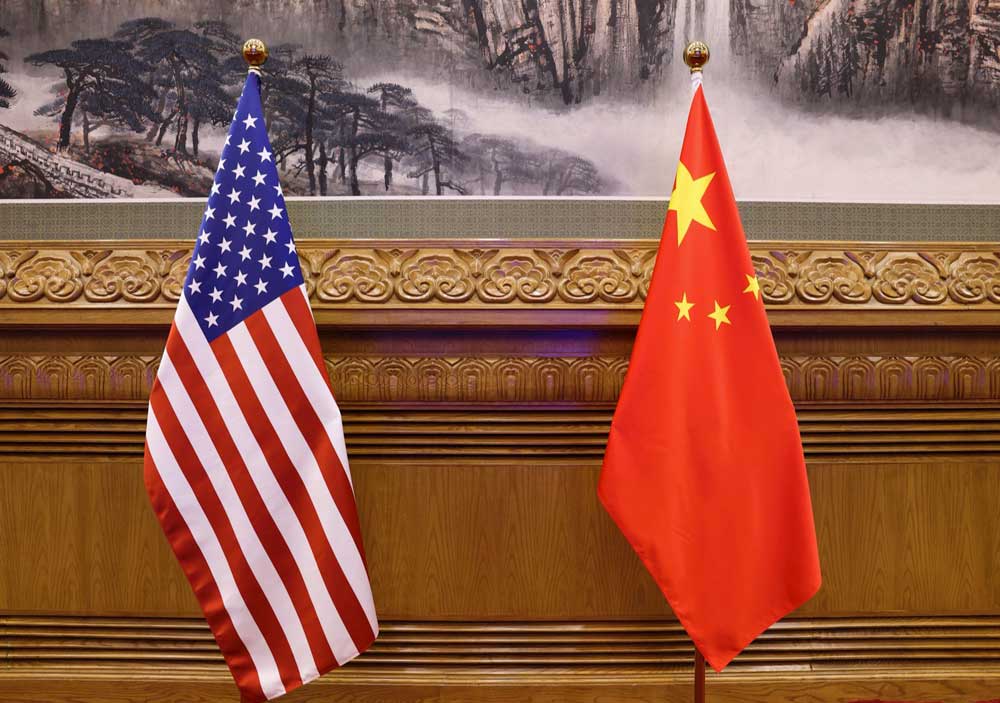The meeting between the Presidents of the US and China took place in the backdrop of heightened tensions between the two nations, particularly concerning Taiwan.

No breakthrough was expected from the meeting, and none was gained. Both leaders asserted their previously stated positions.
But, did the meeting succeed in lowering the tensions? To some extent, it probably did. The Presidents recalled their earlier association as Vice-Presidents and vowed on having candid conversations.
Avoiding a conflict
US President Joe Biden called for ‘common-sense guardrails to ensure that competition does not veer into conflict and to keep lines of communication open.’
Chinese President Xi likened the US and China to two giant ships in an ocean, stressing the importance of steering steadily, so both sides will forge ahead together, without a risk of collision.
The key takeaway is that neither side wants a conflict and wants to work in a manner that avoids conflict. But what about the flashpoints that trigger animosity?
Taiwan
As Taiwan pushes for more international participation as an individual democratic entity, tensions have escalated in the region. China considers Taiwan a breakaway province.
‘The Chinese President ascribed the tensions in the Taiwan Strait to the attempts made by Taiwan Authorities to look for US support for their independence agenda, and the intention of some Americans to use Taiwan to contain China,’ said the Chinese Foreign Ministry.
As China sends more fighter jets than ever into Taiwan’s ‘Air Defense Identification Zone,’ the US is flexing its muscles by bolstering its naval presence in the Indo-Pacific region.
US President Biden reiterated the US commitment to the ‘one China’ policy, guided by the Taiwan Relations Act, the three Joint Communiques, and the Six Assurances.
(The US is committed to providing Taiwan with ‘Self Defense Capabilities,’ as per the Taiwan Relations Act.)
The United States strongly opposes unilateral efforts to change the status quo or undermine peace and stability across the Taiwan Straits, said Mr. Biden.
Democracy
As per the White House, ‘President Biden raised concerns about the PRC’s practices in Xinjiang, Tibet, and Hong Kong, as well as human rights more broadly.’
Democracy can be of several forms, and China has bettered the lives of its citizens, said the Chinese President.
As Taiwan projects itself as a successful model of democracy in the region, Mr. Jinping’s comments assume significance. Also, China faced international criticism in handling the Hong Kong protests aimed against the unilateral imposition of laws.
Trade
President Biden was clear about the need to protect American workers and industries from the PRC’s unfair trade and economic practices, said the White House.
Calling the business ties mutually beneficial, President Xi asked the US not to cite national security to suppress Chinese businesses.
Freedom of Navigation
The US President stressed the need for freedom of navigation and safe overflight in the region (Indo-Pacific).
The Chinese Foreign Ministry did not mention the topic in their readout.
(The US has recently signed a pact with Australia to provide the island continent with nuclear submarine technology to ensure freedom of navigation in the region.)
The meeting has also focused on DPRK (North Korea), Afghanistan, and Iran.